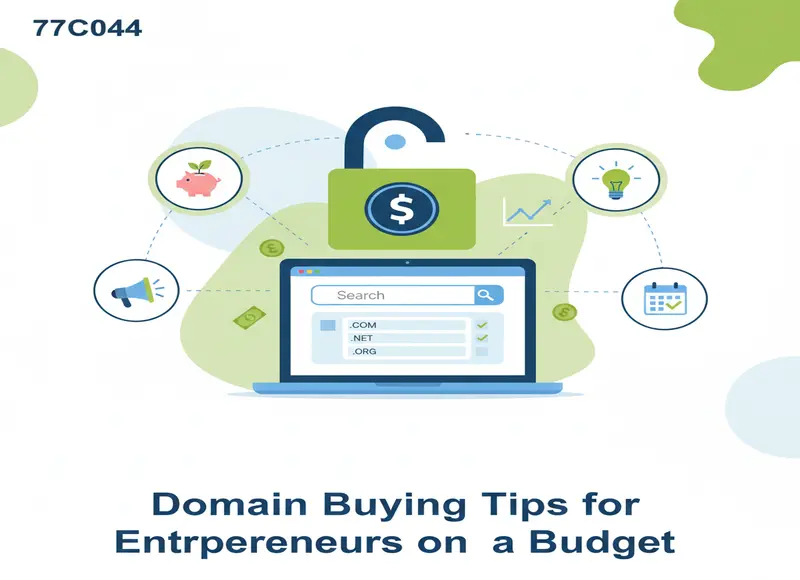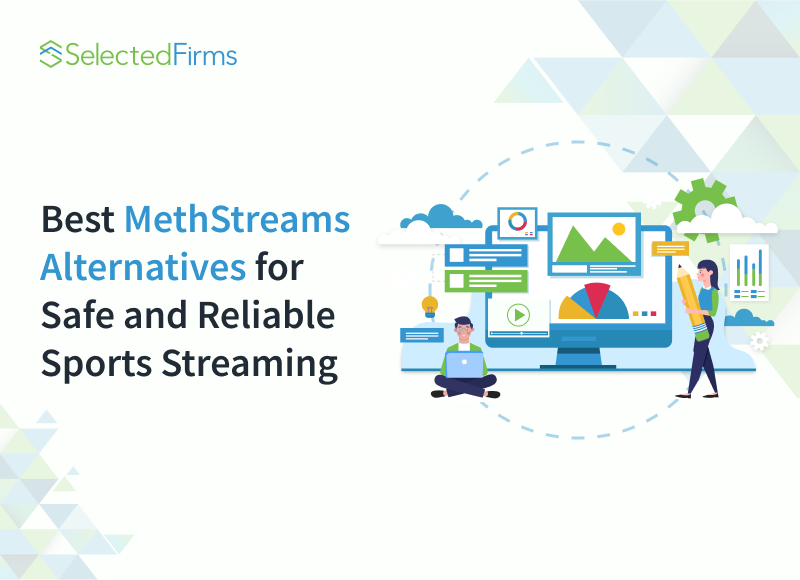Table of Contents
Find the perfect shipping platform for your business with ease. From comparing carrier rates to enjoying smooth integrations and intuitive dashboards, this guide breaks down everything you need to streamline your workflow and ship smarter—not harder.

The Shipping process involves not merely taking a parcel from one place to another; it is an essential factor contributing to customer happiness and the establishment of the brand's trust. For businesses dealing with online sales, a shipping process mismanaged in a bad way can result in late deliveries, a lack of information, angry customers, and perhaps even loss of sales. Consequently, picking a proper shipping solution is a prerequisite for growing without bumps and keeping a dependable fulfillment flow.
There’s no universal solution that works for every store. Your ideal choice depends on factors like order volume, where you ship, your sales channels, and how much time you want to spend on logistics. This guide will walk you through the key factors to consider before choosing a shipping tool.
Choosing the Right Shipping Platform
A well-chosen shipping platform can reduce errors, increase efficiency, and improve customer satisfaction. When comparing tools, look for essential features such as:
- Carrier rate comparisons
- Real-time tracking and customer notifications
- Branded tracking pages
- Returns management
- Seamless integrations with platforms like Shopify, Etsy, Amazon, or WooCommerce
User experience matters too. An intuitive interface, mobile accessibility, and easy onboarding can save hours of work especially for small teams with limited time.
Pricing must be clear as well. Numerous platforms provide pay-as-you-go schemes ideal for small and medium-sized sellers looking for flexibility without a long-term contract.
Scalability is equally important. Whether you ship 20 packages a week or hundreds a day, your shipping software should grow with your business.
Understand What Your Business Needs
Before comparing platforms, take time to analyze your current workflow:
- How many orders do you ship weekly or daily?
- Do you ship domestically, internationally, or both?
- Are you selling through multiple channels or a single storefront?
- Do you need automation, or are simple label-printing features enough?
A new seller might only need basic label creation and tracking, while a growing business may require batch processing, detailed analytics, inventory syncing, or automated shipping rules.
Key Features That Make a Difference
Most shipping platforms offer core features like label printing, carrier integrations, and tracking. However, a few features can significantly improve your efficiency and customer experience:
- Instant rate comparison across carriers
- Automated returns and customer notifications
- Customizable tracking pages
- Mobile support for handling orders on the go
- Error-free store integration for automatic order import
Smooth integration with your e-commerce platform is critical. When orders sync automatically, you avoid manual data entry—reducing mistakes and speeding up fulfillment.
Don’t Overlook User Experience
A platform’s functionality means little if it’s difficult to use. Look for:
- A clean, intuitive dashboard
- Clear navigation
- Helpful tutorials or onboarding materials
- Fast performance during busy seasons
A simple interface reduces errors and shortens training time for you and your team. If available, try out a platform with a free trial—processing even one or two test orders can reveal how user-friendly the system truly is.
A Simple Yet Powerful Shipping Solution
Most sellers want something easy, affordable, and efficient. Common expectationsfrom an ideal shipping platform includes:
- Support for major carriers like USPS, UPS, and FedEx
- Straightforward pricing with no hidden fees
- Quick label printing
- Seamless syncing with e-commerce platforms
- Mobile and desktop functionality
The application of thermal label printers is another avenue that many companies have taken to help them busy their processes. Thus, the printers have eliminated the need for ink or toner and have kept the entire process fast and neat—even when it comes to busy selling periods. There are even sellers who would rather work with marketplaces that support the printers and offer packages or instruments to make both software and hardware workflows less complicated.
A system that is well-designed should have the capability of making the daily tasks—like printing return labels, handling several shipments, or syncing new orders—very easy to do and also comfortable without any anxiety.
Popular Shipping Platforms to Consider
Here are a few well-known shipping platforms that many businesses explore:
ShipStation
It is a full-featured platform that is centralized with all tasks that require a high level of automation and multi-channel support. This is a fantastic product for businesses looking forward to selling across different channels, although the monthly fees and steep initial learning curve might appear to be somewhat overpowering for small teams.
Rollo Ship
Ideal for sellers who want a streamlined experience without monthly fees, Rollo Ship offers direct integrations with major carriers and popular e-commerce platforms. Its pay-as-you-go model, mobile and desktop accessibility, and reliable syncing system make it a strong choice for small businesses aiming to keep costs down while maintaining professional shipping workflows.
Easyship
Strong for international shipping. It calculates duties and taxes automatically, making it ideal for sellers with a global audience. However, it may be more complex than necessary for domestic-only shipping.
ShippingEasy
It combines both shipping tools and email marketing with features that enable you to manage all customer communication in one place. As said by some users, there are grievances regarding the old-fashioned interface and the costs incurred for advanced features.
Final Thoughts
Your mode of implementing shipping should be based on current needs and growth plans. And for whatever the requirements are, like multi-carrier support, batch label processing, nothing is essentially manual, and good for first-time shippers, the application has to gel with your work environment.
Pick something that is user-friendly, even more so in relation to your setup, and for scaling its capabilities as your volume of orders increases over time. With the right shipping software paired with efficient tools, one good addition these days would be thermal label printers, which would considerably expedite your entire fulfillment process, and your customers will love you for an even better experience in dealing with you.
FAQs
Top-tier platforms go beyond printing labels—they automate shipping rules, integrate with e-commerce and inventory systems, and give full transparency into your shipping operations. Key features to look for include multi-carrier rate comparison, automatic customs forms for overseas orders, order syncing with platforms like Shopify or eBay, batch label creation, and local pickup scheduling. Equally important are customer-facing tools like real-time tracking updates, branded status pages, and an easy returns process.
Fast, easy-going, and affordable are the most important mentions for shipping tools meant for newbies. Best for beginners, however, are the pay-as-you-go options with no monthly subscription or plan, an easy setup interface, mobile access, and compatibility with common thermal printers.
Recent Blogs
12 Best MethStreams Alternatives for Safe and Reliable Sports Streaming in 2026
-
18 Dec 2025
-
12 Min
-
36
Real World Digital Transformation Use Cases in Real Estate, Tech, and Recruiting
-
17 Dec 2025
-
6 Min
-
143








